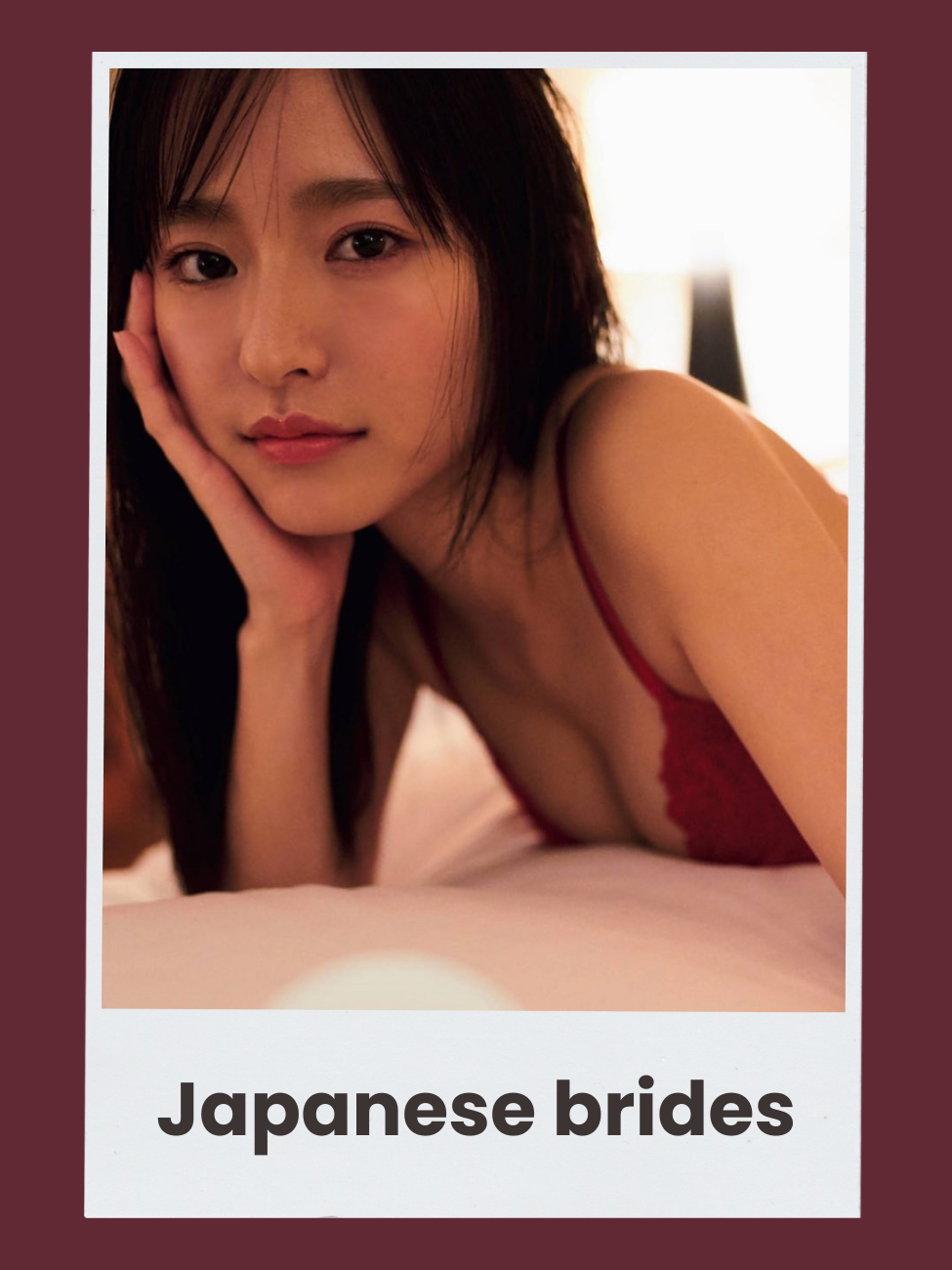| 👰 Best Website For Finding Brides From Japan | SakuraDate |
|---|---|
| 💍 Average Age of Marriage for Japanese Women | 29.3 |
| 💵 Average Cost of Japanese Bride | $1,000 – $8,000 |
| 🏆 Success Rate | 94 |
What Should You Know About Japanese Brides?
Japan is a country known for its strong economy or technological advances. Local culture happens to be the embodiment of Eastern mentality with its unique virtues. Meanwhile, Japanese women have gained the status of the most attractive females in the world. Apart from their charming beauty, they are also smart and quick-witted.
Their culture teaches them how to be a good daughter, friend, wife, and mother from early childhood. When they grow up, they are ready for every role assigned by society. So, if you are looking for a reliable life partner, Japanese women can be the best choice in your life. Let’s cover more details below.
Japanese Dating & Brides Sites
| № | Site | Visitors | Good for | Free Link |
| 1. | SakuraDate | 15K | Top Japanese dating & brides site | Visit |
| 2. | LanaDate | 73K | Best for finding a Japanese mail-order bride | Visit |
| 3. | Naomidate | 24K | Best for meeting Japanese singles online | Visit |
Japanese Brides: Who Are They?
When you visit Japan for the first time, you will be surprised to see how different it is from Western countries. Local people have their own lifestyle that has nothing to do with European or American traditions. You will have to accept these differences if you consider finding Japanese women for marriage.
Physical beauty is the first thing you notice while talking to Japanese babes. Eventually, you start realizing that they have much more than this. You become amazed by their deep personality. Japanese mail order brides are well-mannered, kind-hearted, and open-minded. Their secret hides behind a conservative upbringing.
Their parents teach them how to become a good person from early childhood. Their sense of decency makes them a great asset to the life of the gloomiest man. At the same time, they want to be independent. This is why most of them have academic degrees and successful careers. They don’t need a man as a source of income. Meanwhile, they need a man as a loving partner to spend their life with.

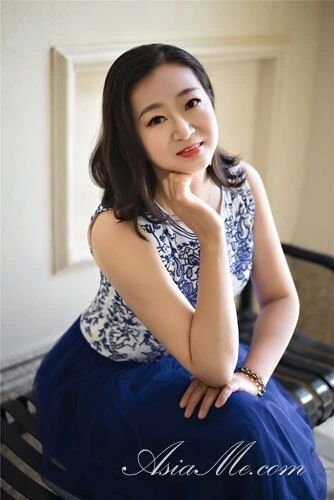
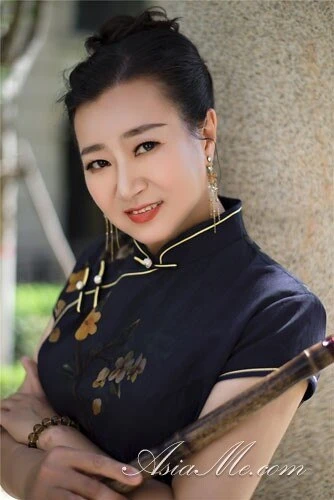
Do you want to watch?



Do you want to watch?


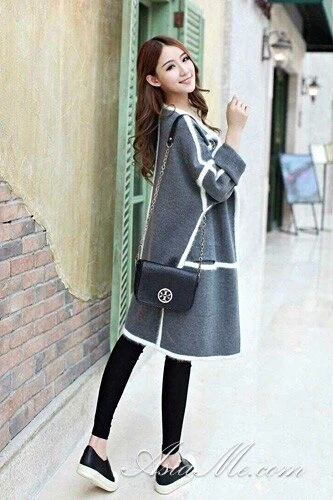
Do you want to watch?


Do you want to watch?
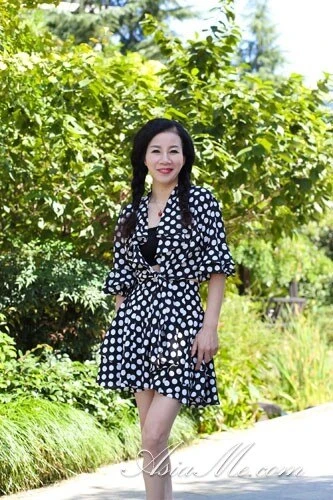
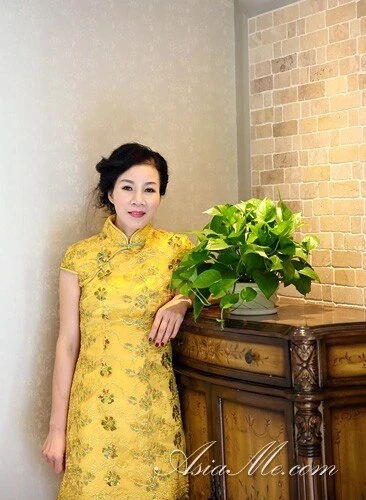
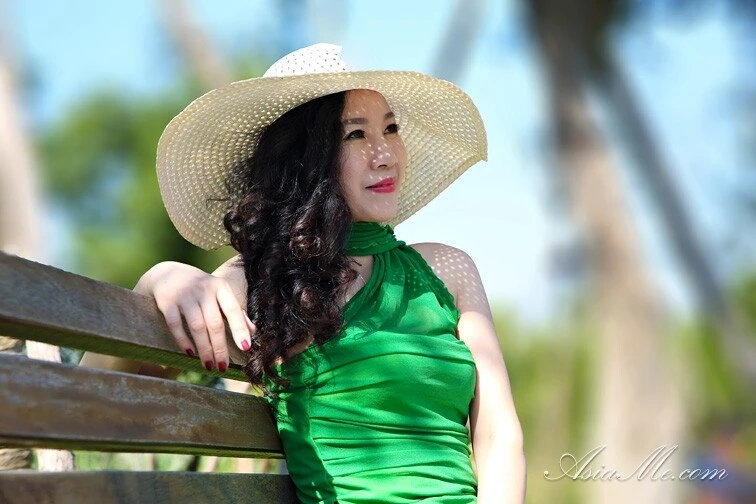
Do you want to watch?
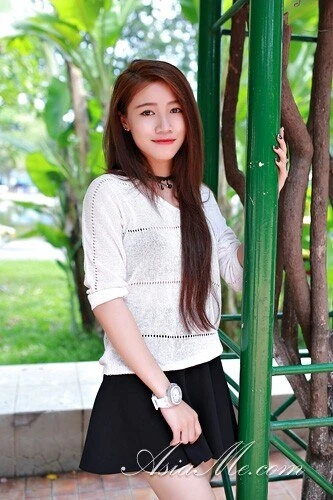

Do you want to watch?



Do you want to watch?



Do you want to watch?



Do you want to watch?
Japanese Wedding Traditions
Marrying a Japanese woman will take you through a traditional wedding. Although modern Japanese wedding ceremonies are not as deeply rooted in rituals as one may assume, the original atmosphere is still maintained. A lot of traditions have been borrowed from Western culture. For example, the initial focus on the bride and groom was shifted to guests. Serving food and taking pictures have become the major elements of the modern wedding in Japan. Let’s see five wedding traditions that will give you a better understanding of the things you will experience at your own ceremony:
- Engagement (Yuino). Once you propose to your Japanese bride, you will have to take part in an official engagement ceremony. You will ask for your woman’s hand in marriage from her parents. Don’t forget to prepare some symbolic gifts for them.
- Outfit changes. During the wedding ceremony, you and your Japanese bride will have to change a few outfits. The groom usually starts the wedding in a solemn black kimono. Later on, you will be able to wear something more convenient.
- Nuptial cups. Unlike in the Western tradition, Japanese people don’t say vows. Instead, they drink sake from special ceremonial cups. After taking three sips from three different cups, you will give the cups to your parents who will also take sips.
- Taking the stage. A Japanese wedding reception is all about a bride and a groom. A couple will feel special while sitting on a stage from where they will see their guests.
- Wedding styles. Buddhist, Shinto, Christian, and non-religious; you will be able to choose the type of the wedding ceremony in Japan. If you fancy, you can combine several styles by making your wedding more extravagant. For example, a Buddhist wedding with Christian elements is quite a popular solution nowadays.
Japanese Women Characteristics
Thousands of Western men dream about meeting Japanese brides. No need to say how popular these babes are. And there are more than enough reasons for this being the case:
- They are beautiful. Japanese beauties are known for a high degree of perfection. There are many women in the world who try to copy their looks, including porcelain skin with slightly rosy cheeks, cute eye and lip makeup, and a stylish hairdo. Japanese women are incredibly slender and have a medium to low height. They often look fragile like porcelain dolls, which makes them need protection.
- They are hot and sexy. Japanese women are not just pretty, they are also sexually attractive. Their intelligence and seriousness make them look even hotter in the eyes of Western men. When your relationship with a Japanese woman becomes intimate, you will enjoy her other talents. You’ve definitely heard about the magical art of geisha, which reveals new things for men to enjoy. Be sure that your Japanese girlfriend will turn into a real geisha when the sun goes down.
- They are intelligent. When you meet Japanese women, you will be amazed by their intelligence. From early childhood, their parents invest a lot of time and money into their girls. This is why most Japanese women have academic degrees and career ambitions to pursue. In addition, they are naturally curious by always using an opportunity to learn something new. Even though you and your Japanese bride have different backgrounds, you will definitely find common topics for conversation.
- They are well-mannered. Japanese girls are usually brought up in compliance with traditional values. Consequently, they are very polite to everyone who is surrounding them. You will never hear a single nasty word from your Japanese bride, as she knows how to keep her face in public.
- They know the value of money. Japanese women know how to work, so they go for it eagerly. Many of them get their first job while being at the university. And when they are done with studies, they proceed with their career pursuits in whatever sphere. When they start earning their first money, they know exactly how to spend it. Japanese women are great with finances, which makes them a great match for scrupulous Western men.
- They are respectful. Respect is not an empty word for Japanese people. In fact, it is one of the most significant values in the local culture. So, Japanese girls have an utter appreciation of their parents, relatives, friends, and even strangers. If you get into a relationship with one of them, you will also be treated respectfully.
What Makes a Japanese Woman the Best Wife?
Japanese women have a huge potential of becoming excellent wives. If you get deeper into the cultural peculiarities of Asian countries, you will understand where it all comes from. Meanwhile, you should get familiar with the perks of dating Japanese wives:
- They are devoted. Japanese women tend to become devoted to family and children once they have them. It doesn’t mean that they give up on their career. They will just try to find the balance between different spheres of their life without compromising anything. Eventually, they manage to allocate time for cleaning the house, cooking a delicious dinner, taking care of their kids, and doing their work duties. Every man will be happy to have such a devoted partner by his side.
- They are supportive. Japanese girl for marriage will try to comfort you even in the most desperate situation. In the local culture, a woman should protect her man by giving him absolute love and proper care. She views the well-being of her boyfriend or husband as one of the most important things to focus on. This is the kind of woman that the world surely lacks these days.
- They are wise. Japanese brides have a great amount of life wisdom to share with the world. At a young age, they receive their first lessons on life philosophy from their parents and grandparents. This is where their patience and decency come from. You will safely consult your Japanese girlfriend or wife as she will always have a piece of advice to give you.
- They are hard-working. Japanese women are not scared of work, whether it comes to household routine or career prospects. They don’t put financial matters as their major priority for a successful relationship. So, they don’t start dating Western men for financial benefits. It just doesn’t make any point for them.

Stereotypes About Japanese Mail Order Brides
Japanese wives are undeniably among the best wives in the world, but it doesn’t mean they’re free from stereotypes and myths about them. Here are some common ones to debunk:
They’re Not Charming But Nerdy
It’s common to think that Japanese brides are quite nerdy. They’re smart and diligent, and a typical Japanese woman is charming and gorgeous. If you look through the names of sexy Japanese women, you’ll discover Japanese women like Mikako Tabe, Sayaka Isoyama, and Minami Hamabe.
They’re Not Gold Diggers
In some places, Japanese mail order brides are frowned upon, and such negativity is based on the stereotype that they’re purely interested in getting money from Western males. In reality, this isn’t true. If you find a Japanese woman for marriage on a decent site, she’ll be a modern, self-sufficient, and well-educated person interested in creating a family with someone abroad. Don’t forget that Japan is one of the countries that love American guys, so you won’t feel a lack of attention.
They’re Not Too Subservient
A typical Japanese girl respects and values her partner, but you better don’t rush to call her submissive or docile. A Japanese bride will do everything to make her husband happy and content. This is what’s inherent to women living in Japan. Guess what? One of the reasons why Japanese mail order brides seek the attention of foreigners is to create a bond with gender equality and mutual respect.
They’re Cold Women
For a Japanese girl, it can be challenging to express her feelings, making them quite different from Latin women for marriage. A Japanese mail order bride prefers showing affection with her actions rather than words. This is what makes a Japanese woman more desired by Western guys. The good news is that the calm nature of Japanese brides makes them great to get along with.
They All Love Anime And Manga
Does every American guy love baseball or basketball? Of course not. Well, this is also true about Japanese mail order brides. Moreover, Japanese ladies are now more interested in exploring various cultures and values. If you think you need to love watching Anime and reading Manga, then you’re completely wrong, as only 33% of the Japanese population is keen on Manga or Anime.

Where to Meet Japanese Mail Order Brides?
Now that you know the characteristics of Japanese women, you should learn where you can meet your future bride and wife. The very first idea is to visit Japan as a tourist and check on the situation there. If you come from Europe or the United States, you will have to cover a great distance. You will also face huge expenses by paying for accommodation, transportation, little gifts, and some other stuff. If this option doesn’t sound reasonable, you should get to plan B – online dating.
Today, you can find a plethora of dating sites where people from different parts of the world meet each other. This is where you can find a Japanese wife. These Asian beauties are familiar with technological advances and it has been a while since online communication has become part of their lives. The main problem they have to deal with is a growing number of scams. Some dating sites simply don’t do their job for their only mission is to take your money and disappear once and for all.
A decent dating site won’t charge you for the basic search and communication features. Moreover, money will never be charged before you explore the website and confirm your interest in using it. After the registration, you will be able to adjust the love search to your personal preferences, check local profiles, and send messages to girls. In other words, you will have real chances of making your Asian dream come true without spending a fortune on it.
How Much Are Japanese Mail Order Brides
Don’t forget that Japanese society is digitalized, and almost everyone in this country is online. Thus, finding the right partner among Japanese brides, but before you start your journey, it’s time to consider the costs of online dating services.
Costs Of Sakura Date
Sakura Date offers its services in exchange for credits. Before buying any credit package, you can benefit from welcome bonus credits for new members. Then, you can choose one of the following packages:
- $12.99 – 35 credits;
- $19 – 50 credits;
- $33 – 100 credits;
- $75 – 250 credits;
- $100 – 400 credits;
- $200 – 1,000 credits.
With these credits, you can easily start communicating with Japanese women who suit your interests, not to mention you can spoil them with real gifts. There are great choices of real presents that you can send to your Japanese lady. The prices of such presents will range from 678 to about 27K credits.
Offline Dating Costs
You might have heard that Japan is quite an expensive place, but the costs might vary depending on the city you’re visiting. Dating costs in Tokyo will be much higher than dating in Kyoto. Anyway, if you’re planning a trip to Japan to meet your future Japanese mail order bride, you should be ready for the following costs:
- Buying a ticket to Japan. Round-trip tickets to Japan can be costly, but it doesn’t mean you won’t find something reasonably priced. There are some available tickets for less than $1,6K.
- Accommodation costs in Japan. Mid-range hotels start at $120 per night, while luxurious hotels will cost you more than $240 per night. So, a 2-week trip costs will vary from $1,700 to $3,400.
- Transportation. If you use public transportation like buses and subways, you’ll spend around $250 during your 2-week stay. You can also use Uber, but its services are not quite widespread, not to mention it’s costly.
- Cost of meals. There are plenty of places where you can have food for a reasonable price. So, you can spend about $500 if you plan to stay for 14 days.
- Offline courtship. Spending time together, buying gifts for your future Japanese wife, and many other things will cost you around $2K.
Overall, the total cost of your offline dating venture will be around $6K. But don’t forget that it’s not the exact sum.
Why Do Foreign Men Want to Date or Marry Brides From Japan?
Japanese women have incredible virtues which make this world better. But what exactly makes foreign men date them? Here are some of the reasons for that:
- They are exotic. An unusual appearance makes Japanese girls look super exotic to Western men. Once they see one of them, they immediately consider marrying her without having second thoughts.
- They age well. The secret of Asian beauty still hasn’t been unraveled, so it’s not yet known how Japanese women manage to stay young while being in their 50s and even 60s. Compared to Latinos, they aren’t fans of plastic surgery and cosmetic procedures. But they seem to have good genes that keep them young for so long.
- They love with all their heart. If a Japanese girl has feelings for you, she will give you all the love and care in this world. By combining her exotic, unusual, and charming features, she will match your understanding of a perfect woman.
- They are sensitive. Japanese girls always look innocent. Well, they are actually very fragile when it comes to their inner world. It doesn’t mean, though, that they are weak or stupid. With the right man, they feel more empowered. So, if you are ready to be their protective man, they will turn your life into a paradise. Believe it or not, these girls can do it.
Conclusion
If you want to arrange your life with a devoted and reliable partner, you should consider a Japanese mail order bride as a possible candidate. In Japan, girls are brought up in conservative traditions when it comes to family. Nevertheless, they are not spineless creatures who let others speak for themselves. They have a lot of opportunities to build up a successful career, get married, and give birth to a child. Some of them manage to do all these things at the same time.
Despite being smart and determined, every Japanese woman wants to have a strong man by her side. She is more fragile than you think. Once she finds a person she is happy with, she stays with him forever.
FAQ
Yes, they’re completely legal. The practice of Japanese mail order wives has no legal obstacles, and you only need to be careful to choose the right platform to find real Japanese ladies ready to create bonds with you.
If you’re engaged to a Japanese mail order bride and plan to bring her to the US, she’ll need to get a K-1 visa. If she has children, then she’ll need to apply for a K-2 visa. Let’s say you married a Japanese mail order wife. Then, to bring your Japanese wife to the US, a K-3 visa is a must.
Find a good dating site. Then, you just need to create a good profile. After that, you start searching for a Japanese mail order girlfriend using search tools and a matching system of the online dating platform. Among the profiles of beautiful Japanese women, you should choose the one that suits you most. You initiate a communication. This is how you can find someone special on dating sites offering Japanese ladies for marriage.
This is quite an archaic term used to describe Japanese immigrant women. Japanese ladies were matched with their future grooms with only photographs. Simply put, it’s an old practice of matchmaking quite similar to the process of mail order brides in the 20th century.
Red and black colors are quite popular, especially among Japanese brides wearing wedding kimono. However, white color is also popular, especially in cities like Tokyo and Kyoto. Shinto brides are known to wear white kimonos, also called Shiromuku.
There are mainly 3 ways of finding a Japanese wife if you’re from the US. The first one is to arrange a trip to Japan and attempt to find someone special on your own. Secondly, you can find a Japanese mail order wife with the help of marriage agencies. Finally, dating sites are the best way to find your future Japanese wife.



